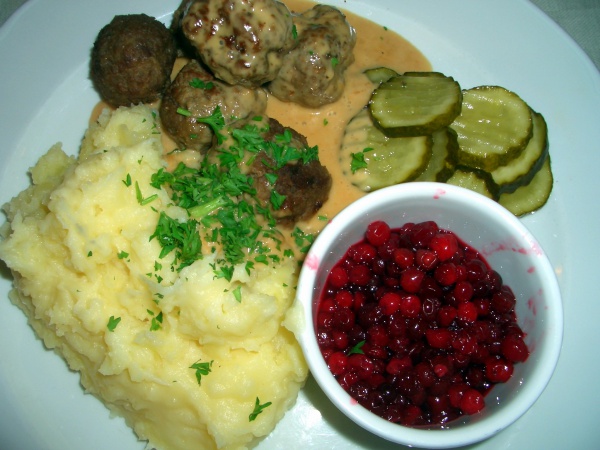Facts About Swedish cuisine
Swedish cuisine is a delightful blend of tradition and regional flavors, making it wonderfully unique. The dishes are rich in meats, dairy, bread, berries, stone fruits, and seafood, with potatoes frequently accompanying meals. Bread comes in many varieties, made from different grains, and lingonberry jam is a beloved addition to many meat dishes. Given Sweden's long winters, the cuisine historically relied heavily on fish, preserved foods, and minimal spices.
A key concept in Swedish food is "husmanskost" which refers to traditional, home-style dishes made with local ingredients, focusing on simplicity and comfort. While Swedish cuisine stays true to its roots, it also embraces international influences, particularly French and modern gourmet touches. Some iconic Swedish dishes include meatballs, pea soup, and gravlax. Breakfasts often feature open sandwiches and fermented milk, and meals frequently include potatoes and seafood. Chanterelle mushrooms are a culinary treasure, and crayfish is a seasonal delicacy.
Swedish desserts and pastries are a treat, offering delights like apple pie, strawberry cakes, and traditional candies that vary with the seasons. The beloved tradition of "fika" involves taking a coffee break with assorted pastries and treats. Sweden is known for its high consumption of coffee and milk, and alcoholic beverages like snaps, vodka, and beer are also staples.
Health recommendations from authorities influence Swedish food culture, promoting nutritious options like bread and milk. The cuisine strikes a balance between traditional dishes and modern culinary trends, showcasing a harmonious mix of local ingredients and global influences.

 Norway
Norway